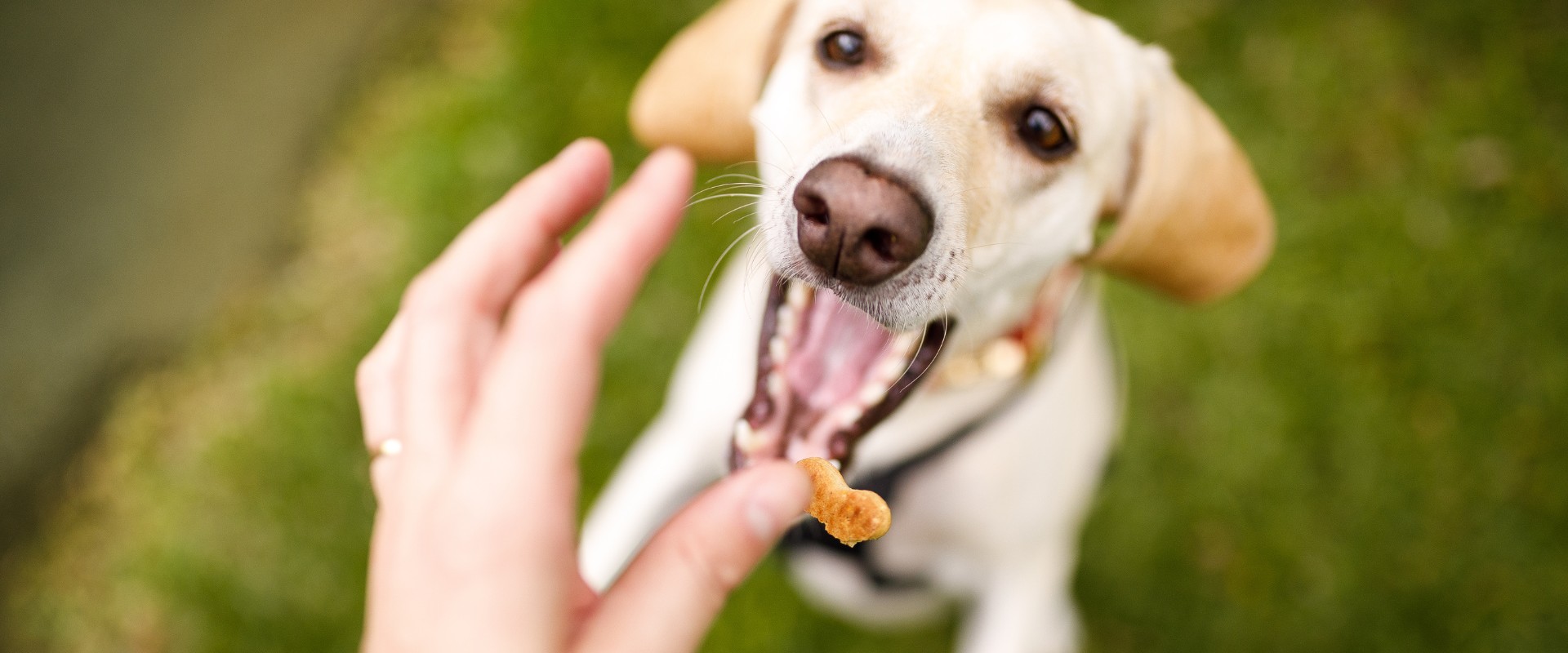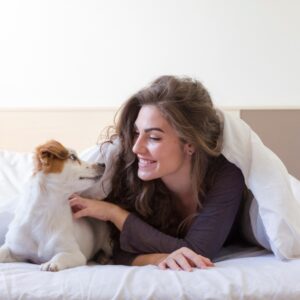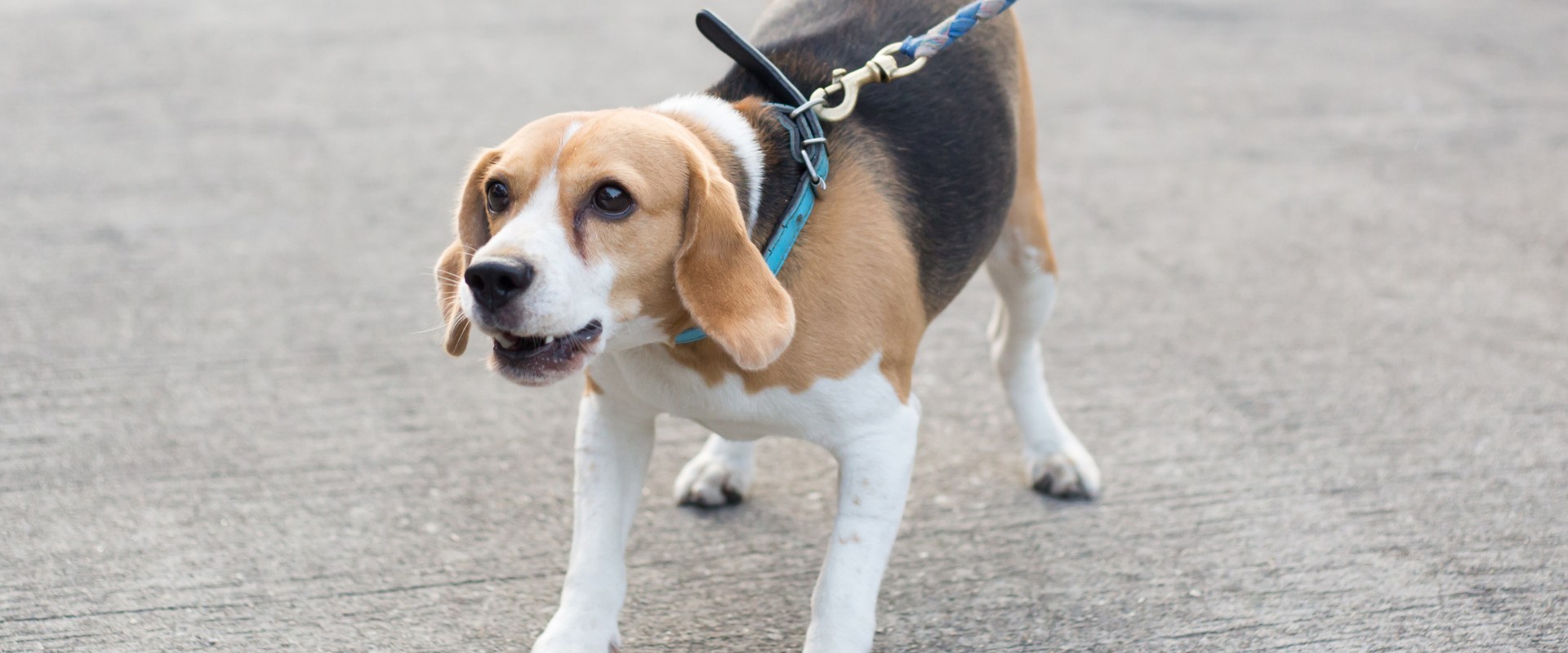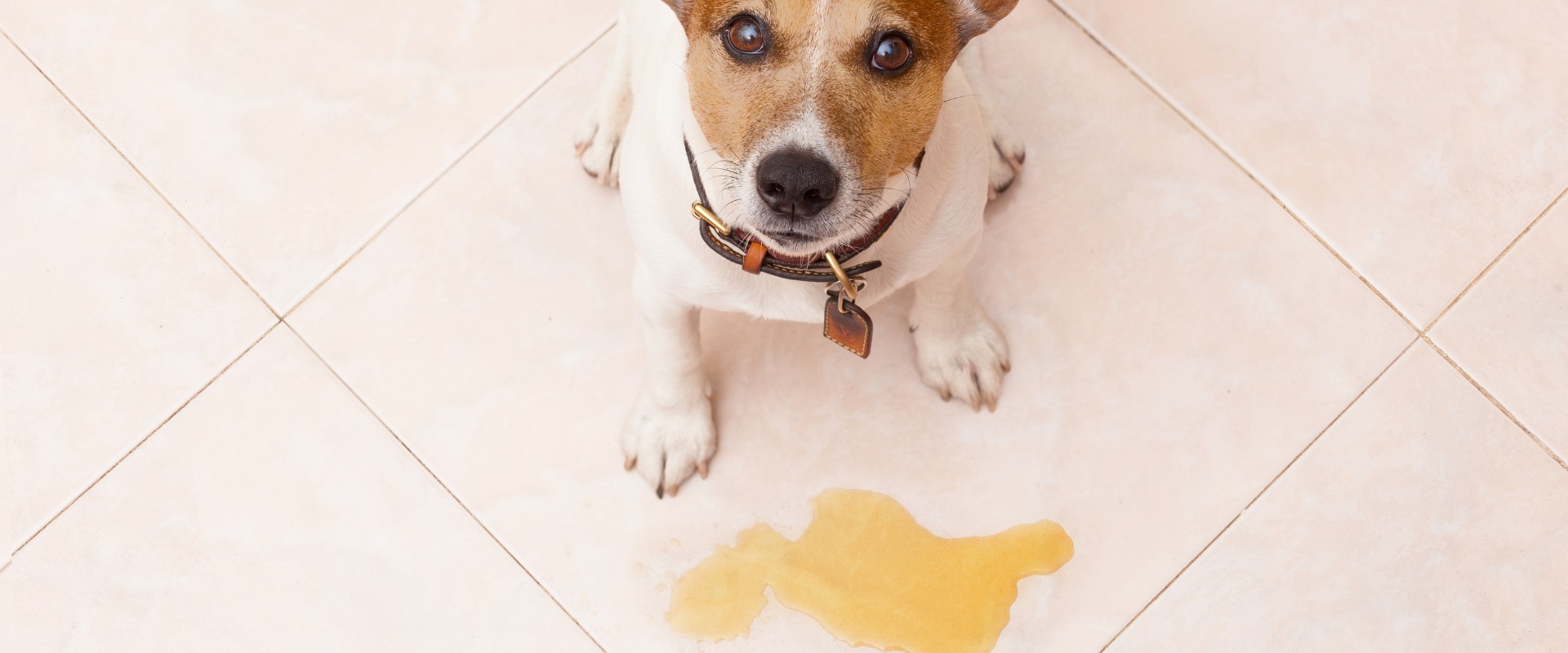Teaching your pup to go potty outside is an essential part of dog ownership. The key to success is consistency, patience, and using the right techniques. Here’s a robust plan to help your canine companion learn this important behavior.
Understanding Your Dog's Current Behavior
Observing your dog’s current habits is helpful in designing a plan catering to their needs. Given your dog’s tendencies to sniff around corners and have accidents indoors, along with an apparent reluctance to indicate when they need to go out, a structured approach will be necessary.
Establishing a Routine
✽ Create a Schedule: Dogs thrive on routine, so establish a regular schedule for feeding and potty breaks. Young dogs usually need to go outside every 1-2 hours during the day, not long after eating or drinking, after napping, and during playtime.
✽ Morning Routine: Start with a morning potty break. Take your pup outside as soon as they wake up. Puppies usually need to relieve themselves immediately after waking.
✽ Feeding Times: Set specific feeding times and avoid free-feeding. Typically, a puppy will need to poop within 30 minutes of eating.
Spot Training
Choose a Potty Area: Designate an outdoor area for your dog to do their business and consistently take them to this spot. Over time, they’ll associate this area with going potty.
Use a Cue Word: When outside, use a phrase like “go potty” to build an association. Eventually, your pet will understand what’s expected when they hear these words.
Positive Reinforcement
✓ Celebrate Success: Whenever your dog poops outside, immediately reward them with praise, a treat, or playtime. The reward must occur immediately after they’ve finished so they’ll make the connection between the behavior and the reward.
✓ Accidents Happen: If there’s an indoor accident, simply clean it up without scolding. Use an enzymatic cleaner to erase the scent and discourage future marking.

Communication Development
Cue for Going Out: Encourage your dog to indicate their need to go outside. Every time you go to the door for a potty break, use a bell or a specific noise. Your dog will start associating this sound with going out and may learn to mimic it to signal you.
Supervision and Confinement
Monitor Your Dog: Keep a close eye on your puppy. When you can’t provide supervision, consider crate training or establish a small, puppy-proofed area where accidents are less problematic.
Not Too Long in the Crate: Remember, a 3-6 month-old puppy can’t hold its bladder for more than a few hours. If you’re using a crate, make sure it’s only for appropriate lengths of time.
Transitioning From Indoors to Outdoors
If you’ve used indoor potty pads, gradually move them closer to the door and eventually outside to help your dog make the connection between inside and outside bathroom habits.
Addressing the Resistance to Pooping Outside
If your dog seems to be holding their bowel movements leading to indoor accidents, they may be unsure about going outside or anxious about their new surroundings. Give them time to become comfortable with the environment and never rush or scold them while they’re searching for a spot to relieve themselves.
Patience is Key
Remember, potty training takes time. Some pups can take a few days to learn, while others might take months. Stay patient, positive, and consistent, and your dog will eventually get the hang of it.
Finally, consult with your vet or a professional dog trainer if you’re encountering persistent problems or if something just doesn’t seem right. They can provide advice tailored to your specific situation.



